All things AI #1: Robots ain’t taking our jobs just yet

Our Twitter research shows the Artificial Intelligence (AI) has a firm grasp on L&D’s collective imagination. And, by the looks of the Q2 trends it’ll be hanging tight for a while.
During conversations with friends both inside and out of the industry, we’ve found people are not really clear about the practical applications of AI. So, as we head deeper into AI territory (look out for some announcements soon), it seemed like a good idea to share some fine reads on the topic. Steady advances in chatbots, natural-language processing and machine learning mean AI is on collision course with workplace learning.
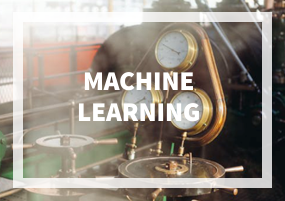
Rodney Brooks, renowned MIT professor, has a great (albeit lengthy) intro to this question.
Seems that much of the recent enthusiasm about AI is based on the spectacular recent successes of machine learning.
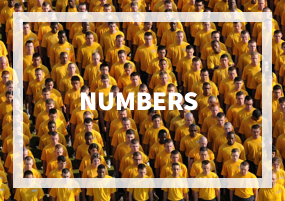
At JollyDeck, the AI part of our product development relies on Microsoft’s AI backbone.
Why not build it ourselves? Well, their AI department is nearing 8,000 in headcount.
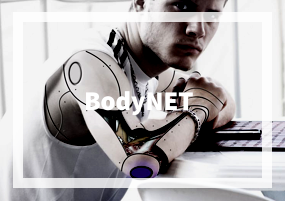
How long before our perceptions are expanded through electronic implants in our bodies or clothes? For an interesting view on the cultural challenges and varying attitudes about body modification, wearable sensors, and other ideas, check out this Nature article. Well worth the read!
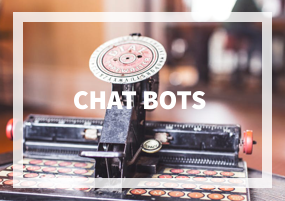
The chatbot market is poised to grow to $1.25bn by 2025 (though @Josh_Bersin believes this to be an underestimate). Most opportunity lies in customer service. Glad we’re not building news-reading or weather-announcing chatbots at Jollydeck.

Google sold off Motorola Mobility to Lenovo for under $3B just 3 years after acquiring it for three times as much. Now they paid some $1.1B to troubled smartphone maker HTC, which doesn’t sound like a big deal. But a Business Insider article speculates that HTC is Google’s cheat-sheet to the next-gen AI & AR for Android operating system–and that the influx of 2,000 new engineers will be a big help in the post-smartphone era.
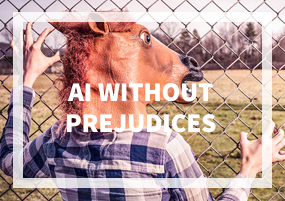
The internet was built on the basic concept of net-neutrality. That means your internet provider can’t block, speed up or slow down websites, content or information you access. Many believe that AI is equally neutral. Guess what? Unconscious bias is real. @jjvincent wrote up a fabulous piece in The Verge, considering implications of certain AI applications in light of a historical review of how prejudice has shown up in scientific studies. Before we teach machines our prejudices, we need to first teach ourselves.
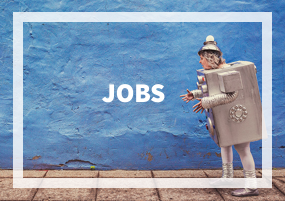
Most importantly, development of new technologies never works out the way its biggest advocated or harshest critics believe it will (more on that coming up in our All Things AI #2). Center for Economy and Policy Research, a progressive think tank, published a study on how Germany’s employment is affected by industrial robots.
The brief version: robots don’t affect total employment but have strongly changed the composition of employment. Each new manufacturing robot replaces roughly two manufacturing jobs, accounting for 275,000 manufacturing jobs lost to robots 1994–2014. However, these 275,000 jobs are fully offset by gains outside of manufacturing. Plus there’s data that indicates that workers working alongside robots keep their jobs longer.
Speak up!
If you have something we’ve missed, we’d love to hear about it! Workplace learning needs a better understanding of AI and its relations. Know someone who’d be interested in these topics? Please forward our blog post! They can join 4,000+ workplace learning enthusiasts reading this every other week.
Spread that (artificial) love!

